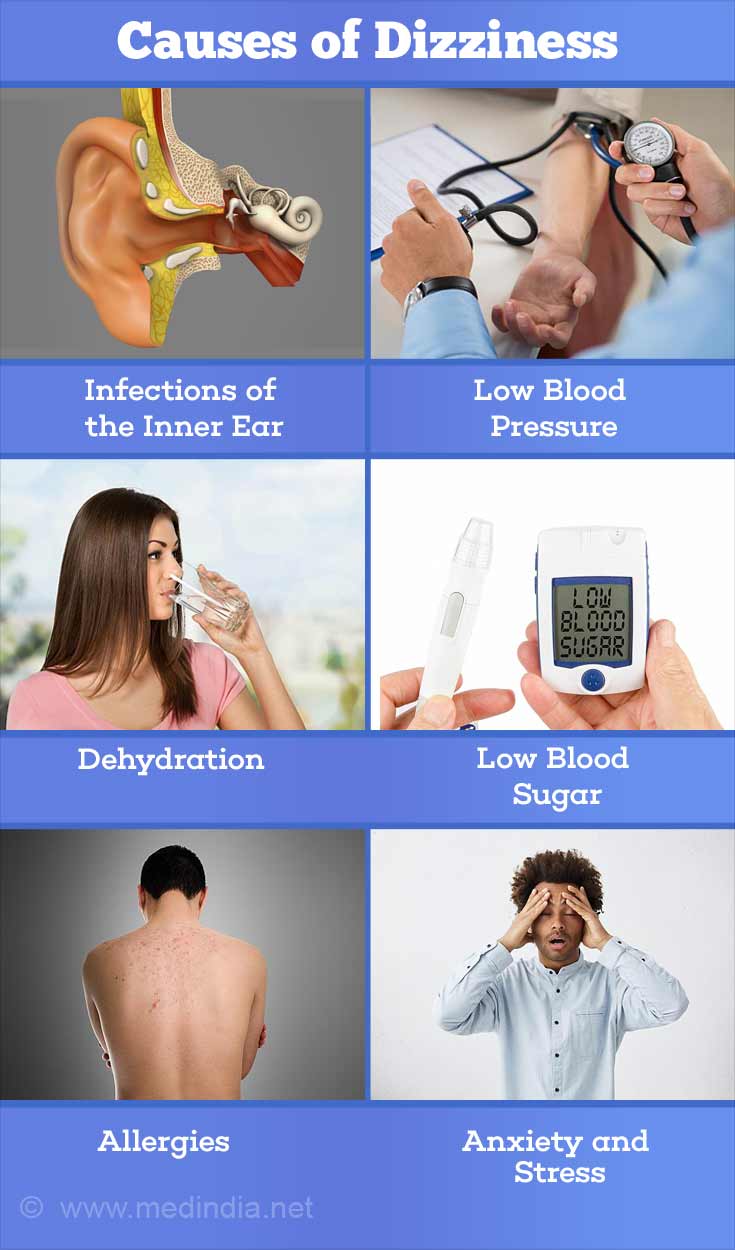
The Clinical Test for Sensory Interaction and Balance (CTSIB) is a very important assessment tool to assess the sensory information which is received from the balance organs, visual system, and information from your body that keeps your balance. An examination of your eye movements and other vestibular function tests can be performed to rule out central or peripheral vestibular pathology.

The Situational Characteristics Questionnaire (SCQ), Dizziness Handicap Inventory (DHI), and the Motion Sensitivity Quotient (MSQ) is the most frequently used tools in the diagnosis of motion sensitivity. To confirm a diagnosis, questionnaires are often used which assess space and motion discomfort, particularly experienced in vestibular patients. How is visual vertigo diagnosed? The most important diagnostic tool is the patient history and the symptoms explained to the specialist. Patterns, such as stripy shirts or wallpaper, railings, or the light flickering through the trees.
#Symptoms of vertigo Pc#
Examples of movement in your surroundings or moving visual objects include – scrolling on a PC or tablet, running water, crowds, traffic, clouds, trees, leaves, or trees blowing in the wind or watching TV or a motion picture. Symptoms can be provoked by moving traffic, traveling in a car, boat, plane, lift, or escalator, or motion of the visual surroundings. Visual vertigo can also lead to exacerbation of psychological disorders, stress, anxiety, hyperventilation, and panic attacks. If I have visual vertigo what am I likely to experience? symptoms of visual vertigo include tiredness, nausea, imbalance, vertigo, and disorientation. There are several causes of visual vertigo/motion sensitivity symptoms: Benign paroxysmal positional vertigo (BPPV), labyrinthitis, vestibular neuritis, Meniere’s Disease, migraine-related vertigo, head injury, post-concussive, and cervicogenic dizziness/ whiplash-associated dizziness, just to name a few. The combination of a vestibular disorder and subsequent visual dependence is what causes visual vertigo.īoth result in visual/motion sensitivity, both result from being over-reliant on visual information and a mismatch of information in the balance system. It is thought that there is a possible discrepancy between what the person expected and the external information received. Motion sensitivity and visual vertigo are due to a sensory conflict or mismatch between the visual, vestibular, and somatosensory systems. There are two main reasons as to why visual vertigo and motion sensitivity occur Patients with a vestibular disorder and who develop a visual dependence are more likely to develop visual vertigo. Visual problems may also cause visual vertigo or reduced sensory information from the body’s skin, ligaments muscles, tendons, or joints. Which would be experienced as spinning dizziness also known as rotatory vertigo. What causes visual vertigo? The symptoms may develop a few days or weeks following an acute peripheral vestibular (inner ear, balance organ) disorder. What is visual vertigo? Visual vertigo was defined by Professor Bronstein in 1995 as being a ‘syndrome where symptoms are triggered or exacerbated in situations involving rich visual conflict or intense visual stimulation.

Visual Vertigo – Vestibular Rehabilitation Further information about Visual Vertigo: Fear and stress are common symptoms with many causes of loss of balance and can further exacerbate the symptoms. This places the patient at the center of the rehabilitation process and encourages them to challenge their symptoms in a graded manner.

Rehabilitation of this complex condition requires a clear diagnosis and a comprehensive explanation to the patient so they can start the process of recovery.


 0 kommentar(er)
0 kommentar(er)
